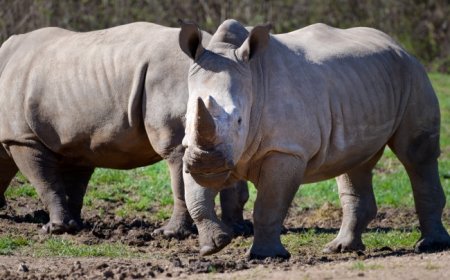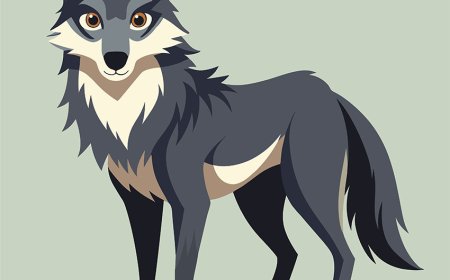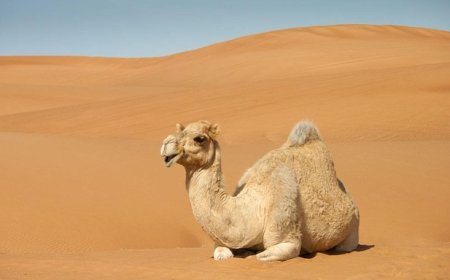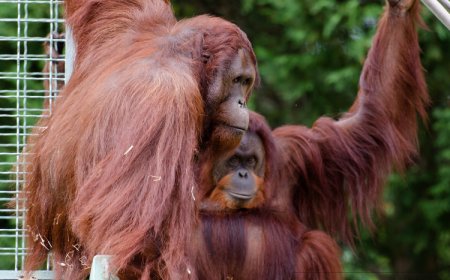Giraffes: The Towering Giants of the Savanna
Discover fascinating facts about giraffes, the tallest land animals on Earth! Learn about their physical traits, habitats, diets, behavior, and conservation.
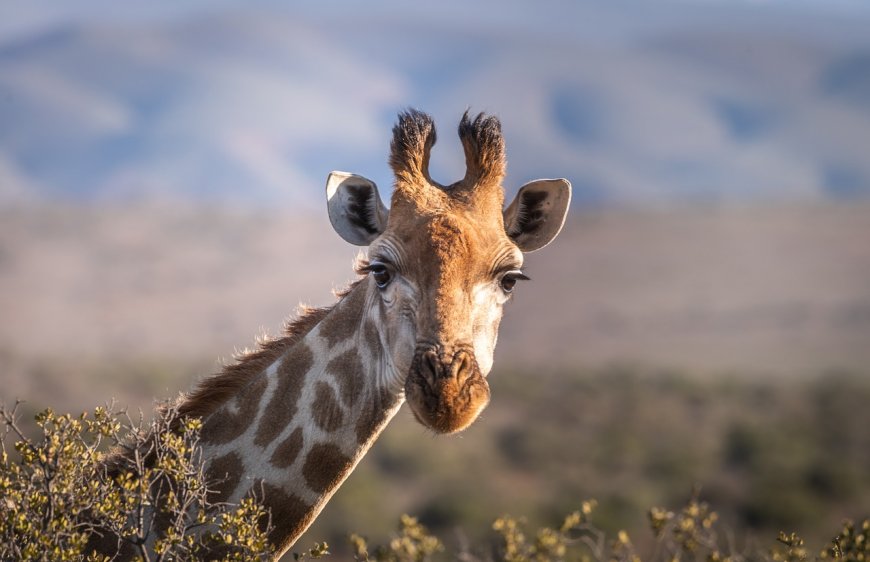
Introduction
The giraffe (Giraffa camelopardalis) is the tallest land animal in the world. With its long neck, unique spotted coat, and towering legs, the giraffe is instantly recognizable and loved by people around the globe. These gentle giants live in the grasslands and savannas of Africa and play an important role in their ecosystem by helping to shape the landscape through their feeding habits.
Physical Description
Giraffes can grow up to 18 feet (5.5 meters) tall, with males generally taller than females. Their long necks, which can reach 6 feet (1.8 meters) alone, help them reach high tree branches for food. Surprisingly, giraffes have the same number of neck vertebrae as humans—just seven—but each vertebra is much longer.
Their coat is covered in irregular brown patches separated by lighter lines, which helps them blend into their surroundings. Each giraffe’s pattern is unique, like a fingerprint. They have long, powerful legs, small horns called ossicones on their heads, and a 40 cm (16 inch) long tongue that’s blue-black to protect it from sunburn.
Habitat and Distribution
Giraffes live in sub-Saharan Africa, especially in savannas, open woodlands, and grasslands. Countries where giraffes are most commonly found include Kenya, Tanzania, South Africa, Botswana, and Namibia. They prefer areas with plenty of acacia trees, their favorite food source. Giraffes are terrestrial, meaning they live entirely on land.
Diet and Hunting Behavior
Giraffes are herbivores and eat mainly leaves, flowers, fruits, and twigs from trees, especially acacia trees. Their long necks and prehensile tongues allow them to reach high branches that other animals can’t. They spend up to 75% of their day feeding and can eat up to 75 pounds (34 kilograms) of leaves a day.
Although giraffes are not predators, they need to stay alert. They are sometimes preyed upon by lions, leopards, and hyenas, especially when drinking water or when calves are left alone.
Reproduction and Lifecycle
Giraffes breed year-round, but births are more common during the rainy season. After a gestation period of about 15 months, the mother gives birth to a single calf, which falls over 5 feet to the ground during birth! Luckily, baby giraffes are strong and can stand and walk within an hour.
Calves are about 6 feet tall at birth and stay close to their mothers. They are often grouped together in nursery groups while the adults feed nearby. Giraffes can live up to 25 years in the wild and even longer in captivity.
Behavior and Social Structure
Giraffes are social animals and live in loose herds called towers. These groups can range from just a few individuals to over 20. Herds are not tightly structured, and giraffes can come and go freely.
They communicate using low-frequency sounds, some of which are below the range of human hearing. Giraffes are usually quiet and peaceful, but males may engage in necking, a behavior where they swing their necks to establish dominance or win mates.
Giraffes are mostly diurnal, meaning they are active during the day, especially early morning and late afternoon.
Conservation Status
Giraffes are currently listed as Vulnerable by the IUCN. In some areas, subspecies like the Nubian giraffe and the Kordofan giraffe are critically endangered. The main threats they face include:
- Habitat loss due to farming and development
- Poaching for their meat, hides, and tails
- Climate change affecting food and water availability
Efforts to protect giraffes include anti-poaching programs, habitat conservation, and research and monitoring of wild populations.
Cultural Significance
Giraffes have long fascinated humans due to their graceful appearance and unusual anatomy. In African cultures, they are often seen as symbols of elegance and calmness. In art and storytelling, giraffes appear as gentle giants and often represent vision or foresight, thanks to their height.
Giraffes are also very popular in zoos, where they help educate people about African wildlife and the importance of conservation.
Interesting Facts
- A giraffe’s heart weighs about 25 pounds (11 kg) and is needed to pump blood all the way to its brain.
- They only sleep for about 30 minutes to 2 hours per day, often standing up!
- Giraffes can run up to 35 mph (56 km/h) for short bursts.
- Their necks are too short to reach the ground easily, so they have to spread their legs or kneel to drink water.
- Giraffes have no vocal cords like humans, but they can hum at night.


















































